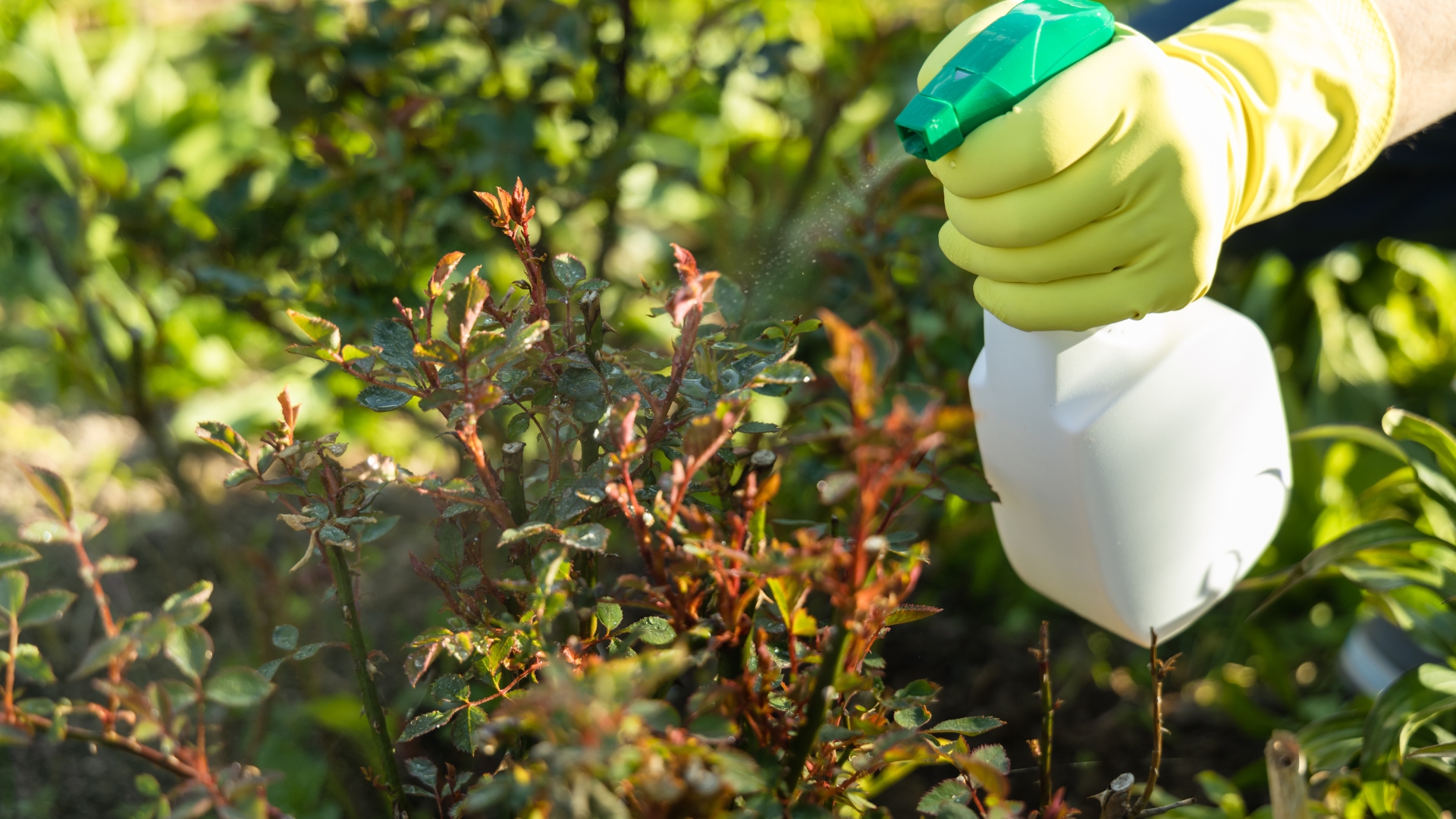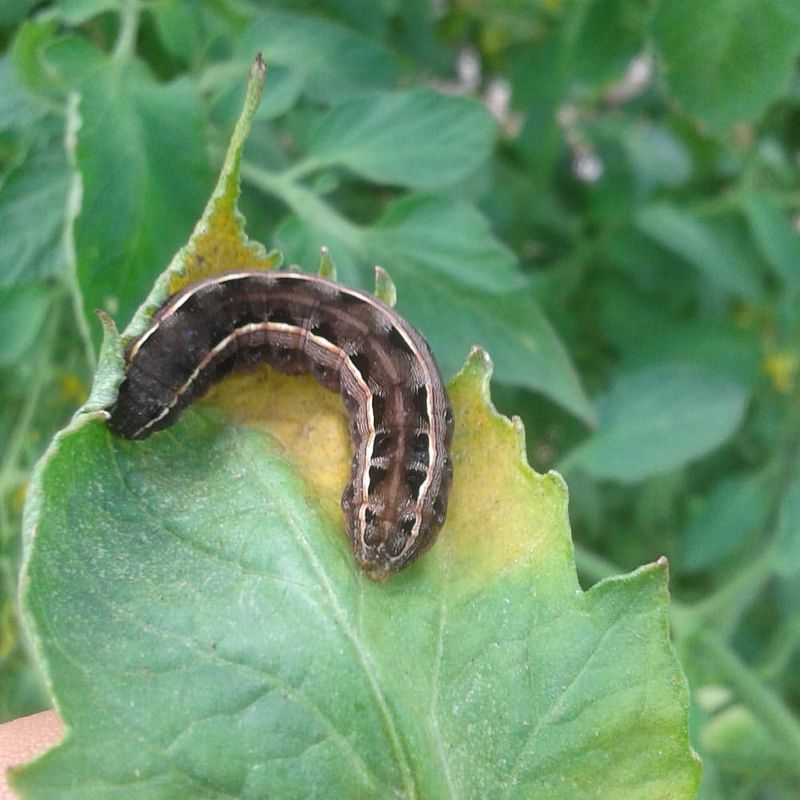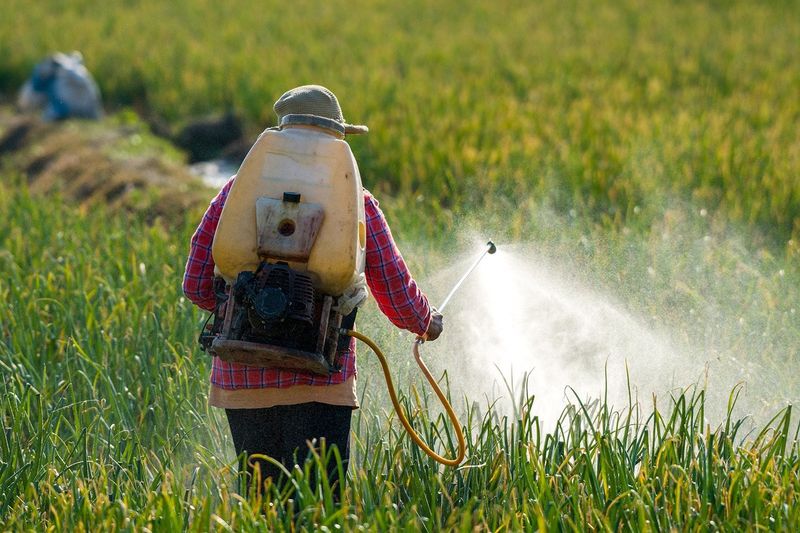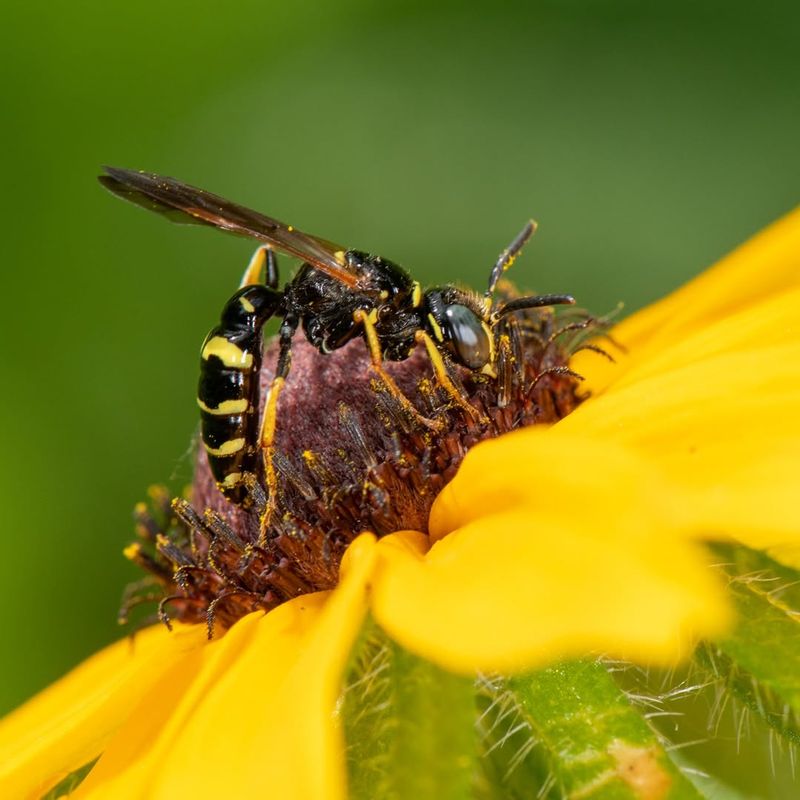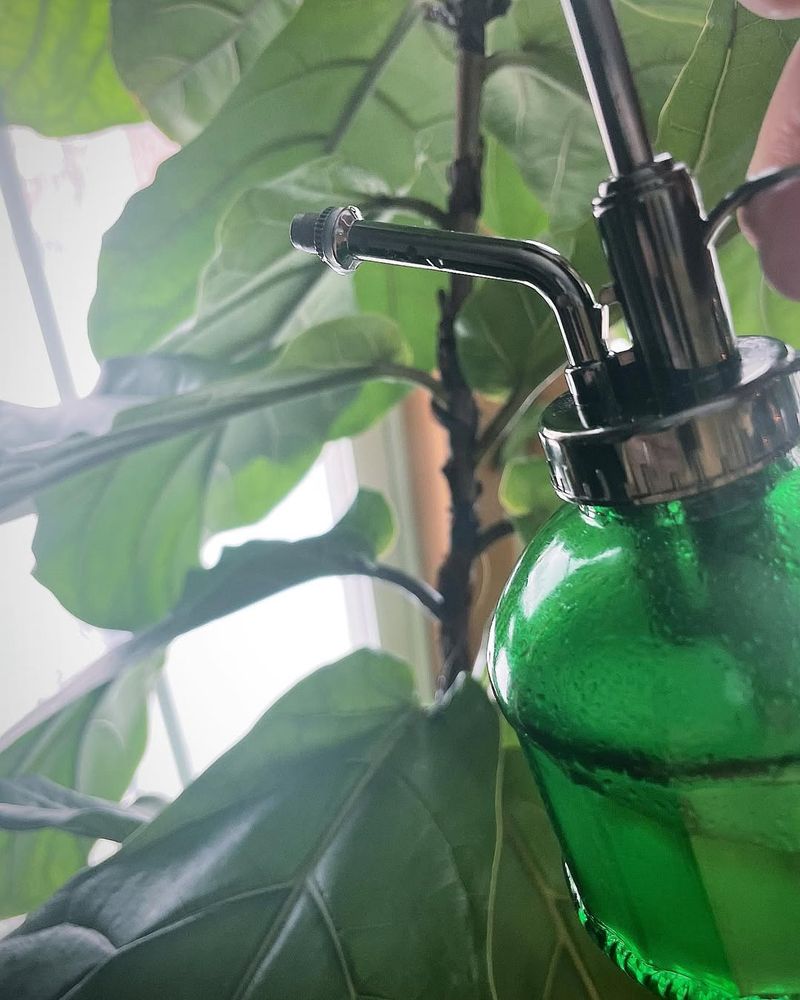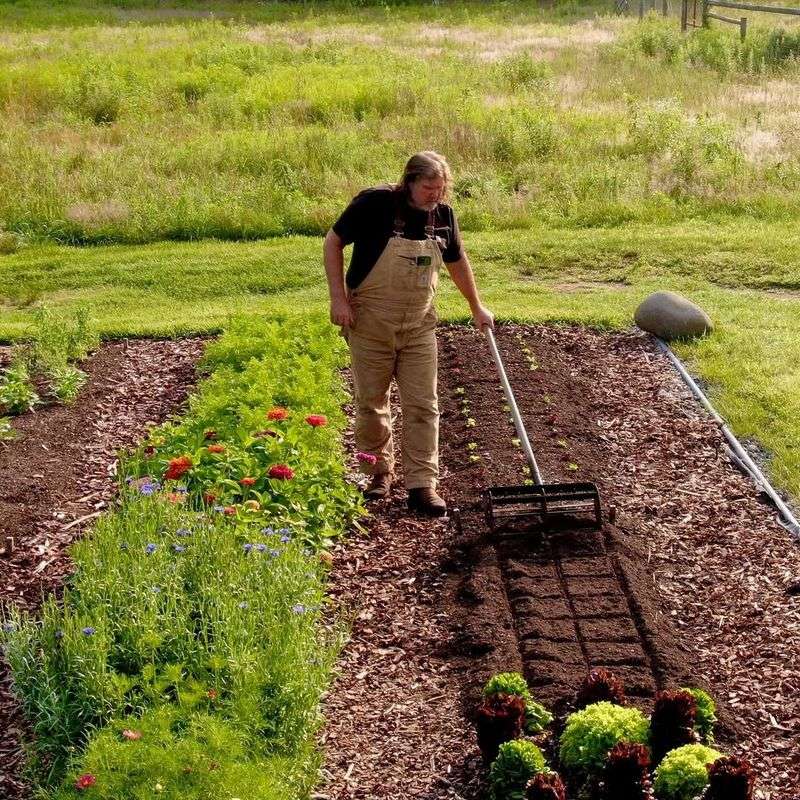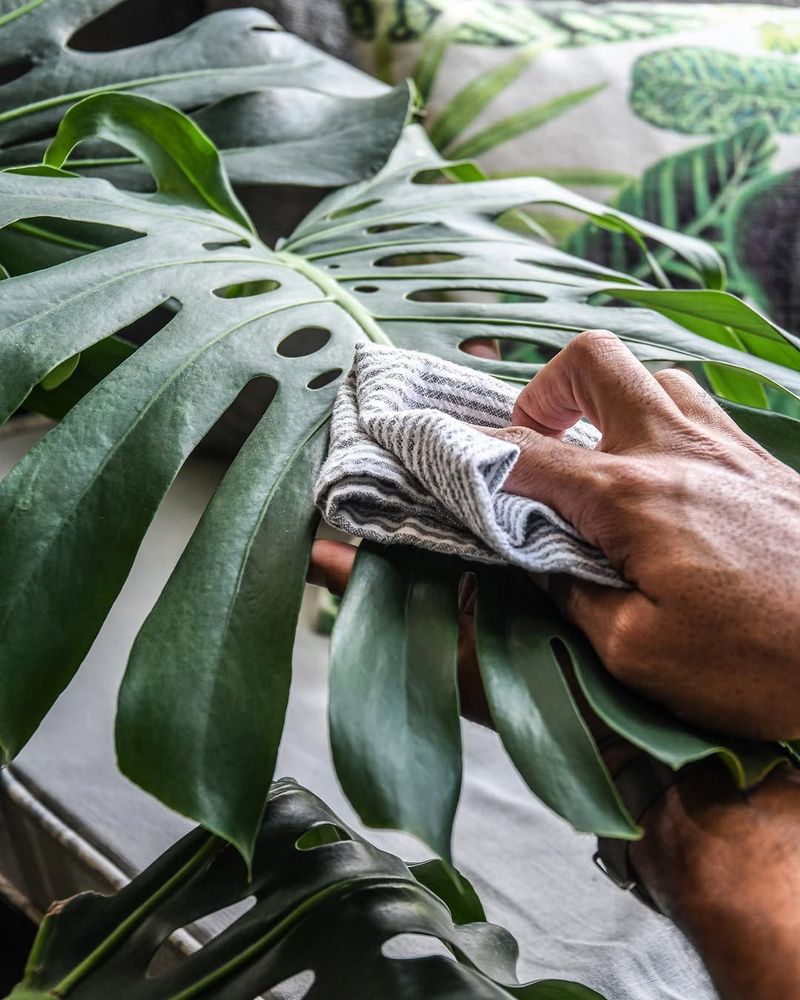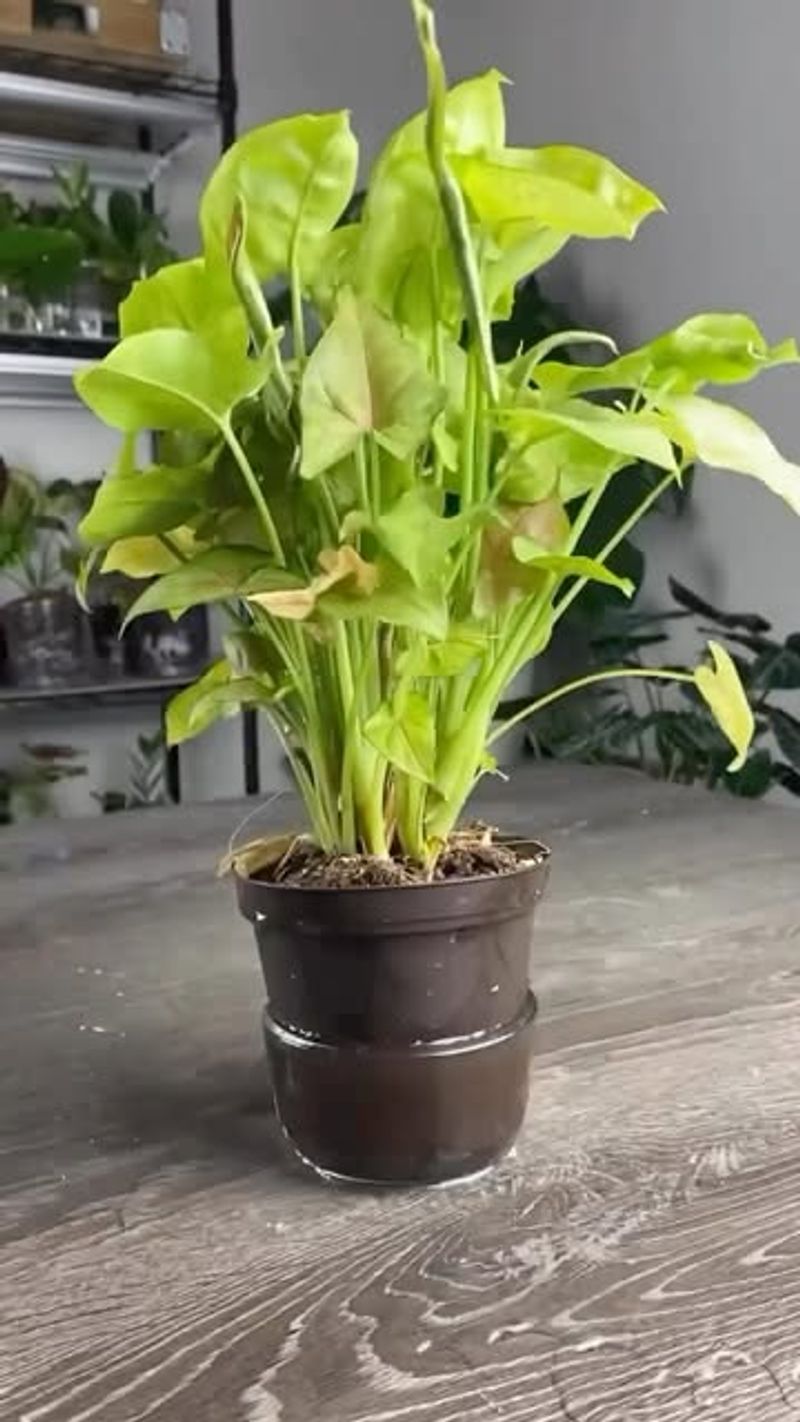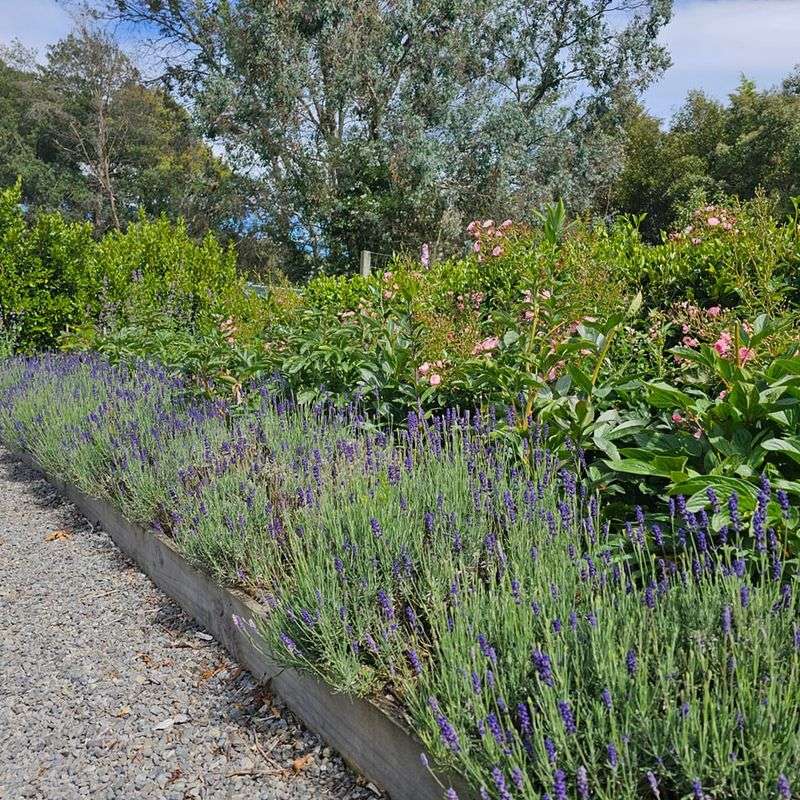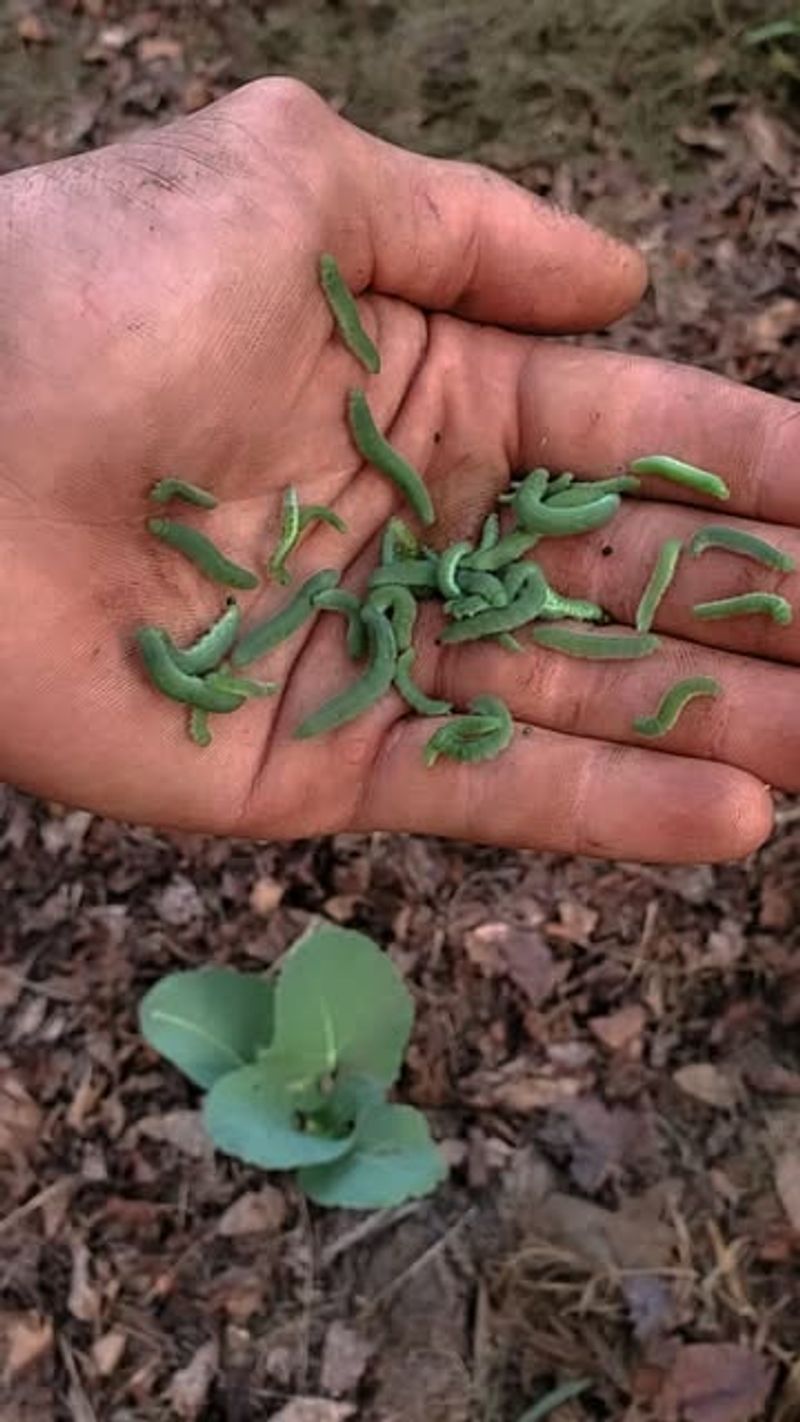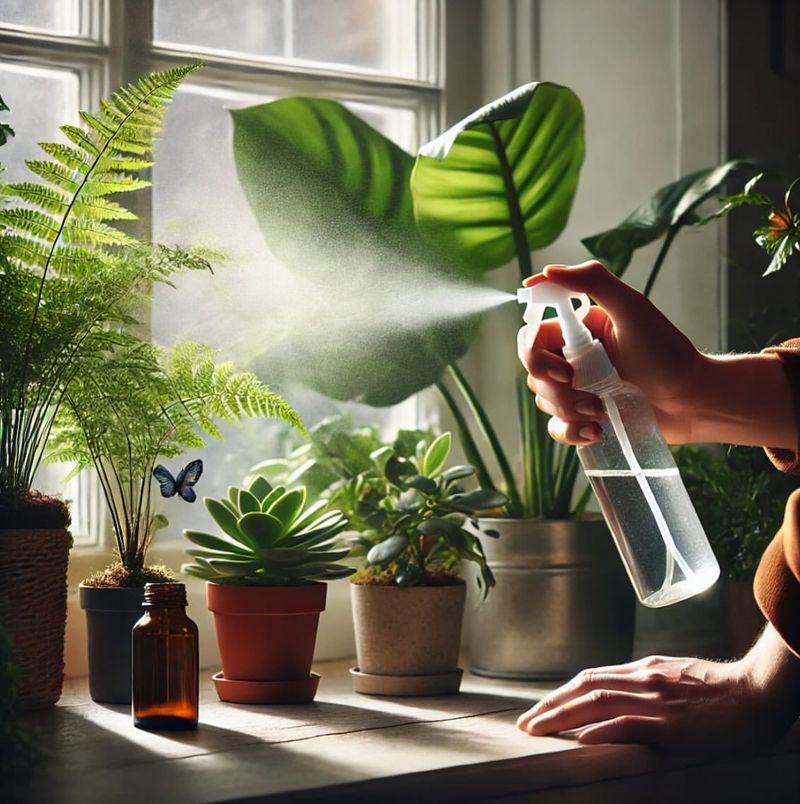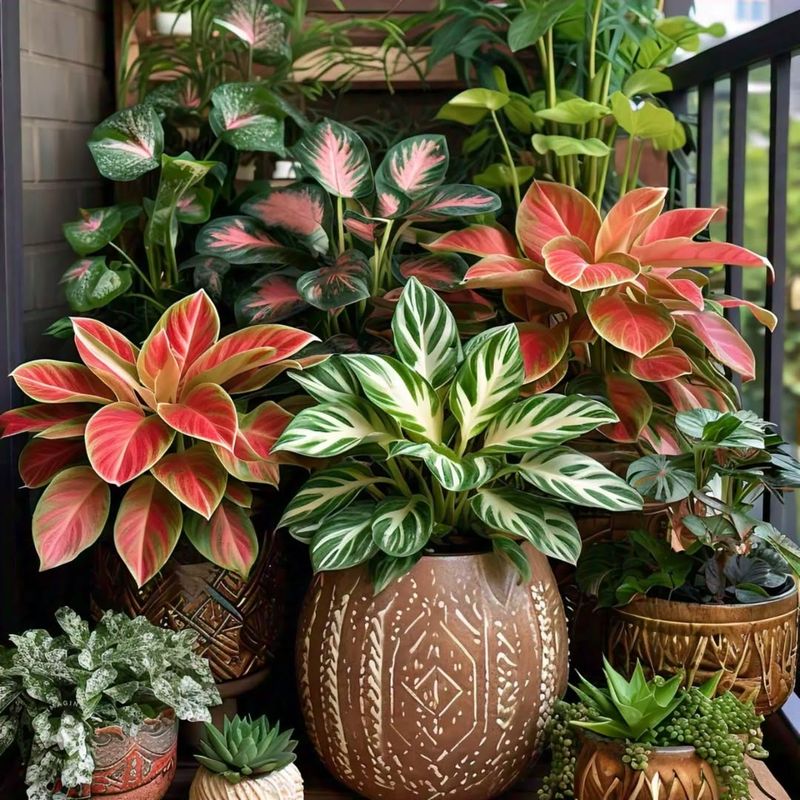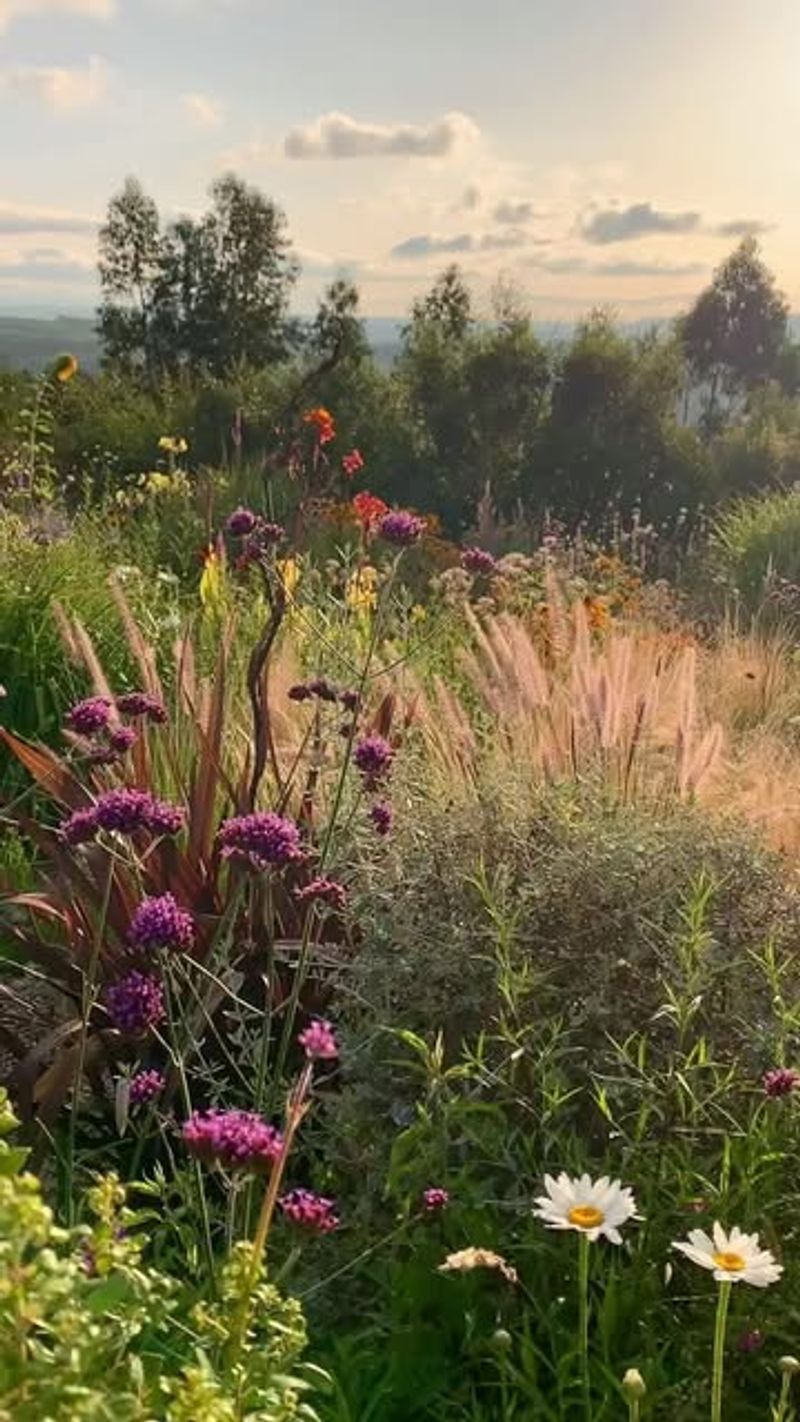Gardening without harmful chemicals isn’t just better for the planet—it’s a smarter, healthier way to grow. Whether you’re nurturing veggies, flowers, or a backyard jungle, there are plenty of natural ways to keep pests at bay without reaching for harsh sprays. From inviting helpful bugs to mixing up your own organic remedies, these earth-friendly tricks will help you protect your plants and keep your garden thriving. Get ready to grow green, the sustainable way!
1. Understanding Common Garden Pests
Pests can be like uninvited guests at a garden party, causing chaos and leaving behind a mess. Aphids, caterpillars, and slugs are some of the most notorious troublemakers in gardens.
They nibble on leaves, leaving unsightly holes and sometimes even spreading disease. Recognizing these critters is the first step towards managing them effectively.
Look for sticky residues, chewed leaves, and distorted growth as telltale signs of their presence. Depending on the plant, different pests may appear, so being vigilant is key.
2. Why Avoid Chemical Pesticides?
Ever wondered why avoiding chemical pesticides is a smart move? These substances don’t just eliminate pests; they can also harm beneficial insects, pollute the soil, and pose health risks to humans and pets.
Over time, reliance on chemicals can degrade soil quality, making it harder for plants to thrive. Plus, pests can develop resistance, rendering these solutions ineffective.
By steering clear of chemicals, you’re not just protecting your plants but also fostering a safer environment for all garden inhabitants. It’s a win-win for nature lovers and sustainability advocates alike, promising a healthier garden ecosystem.
3. Companion Planting For Natural Pest Control
Who knew that plants could have best friends? Companion planting harnesses the power of these botanical friendships to ward off pests. Basil and tomatoes, marigolds and beans are classic pairs that work wonders in deterring unwanted insects.
These combinations can confuse or repel pests, keeping your garden healthier and happier. It’s like having a natural pest repellent built into your garden design!
Embracing companion planting can lead to vibrant plant growth and fewer pest problems. By strategically planning your plant arrangements, you can create a harmonious garden environment that thrives naturally.
4. Attracting Beneficial Insects
Who needs superheroes when you have ladybugs and lacewings on your side? These beneficial insects are nature’s pest controllers, feasting on aphids, mites, and other pesky critters.
Planting flowers like yarrow, dill, and cosmos will draw these helpful allies into your garden. Once there, they go to work, naturally reducing pest populations.
It’s a gentle approach to pest control that promotes balance and biodiversity. By inviting these beneficial bugs into your garden, you’re fostering an ecosystem where plants and insects thrive together.
5. Homemade Organic Pest Sprays
Why buy when you can DIY? Homemade organic pest sprays are a cost-effective and eco-friendly solution to garden pest problems. Ingredients like garlic, neem oil, and soap are not only safe but also effective in repelling or eliminating pests.
Mix and match these ingredients to create a potent brew that keeps bugs at bay. Spraying in the early morning or late afternoon ensures optimal results without harming beneficial insects.
Store your concoctions in labeled bottles, and they’ll be ready whenever pests appear. This hands-on approach ensures your garden remains a safe haven for plants and pollinators alike.
6. Using Physical Barriers And Traps
Why fight pests when you can block them out? Physical barriers like row covers and netting act as shields, keeping insects away from your precious plants.
Copper tape deters slugs and snails with its natural properties, while sticky traps catch wandering pests before they wreak havoc. These natural methods are effective without introducing harmful chemicals into your garden.
Setting up these barriers requires a bit of planning, but the payoff is a pest-free paradise. By focusing on prevention, you’re building a fortress that keeps your garden lush and thriving.
7. Soil Health And Pest Resistance
Healthy soil is like a fortress that guards your garden against pests. Rich in nutrients, it supports robust plant growth, making plants more resilient to pest attacks.
By adding compost, mulch, and organic matter, you’re fostering a fertile foundation that acts as a natural deterrent. Strong plants can better withstand pests, reducing the need for external interventions.
This holistic approach enhances both soil quality and plant health, creating a thriving garden ecosystem. With the right care, your soil becomes a living barrier, nurturing plants while keeping pests at bay.
8. Crop Rotation And Garden Planning
Ever thought of dancing with your plants? Crop rotation is like a well-choreographed dance that keeps pests guessing. By changing plant locations each season, you disrupt pest life cycles and confuse their feeding patterns.
This reduces pest buildup, making your garden less inviting to these unwanted guests. Strategic garden planning allows you to anticipate and prevent problems before they arise.
It’s a proactive approach that promotes sustainability and plant health. Through careful planning and rotation, you’re setting the stage for a vibrant and resilient garden.
9. Neem Oil And Other Natural Oils
Natural oils are like the secret agents of pest control, sneaking in to tackle garden nuisances. Neem oil, peppermint oil, and their counterparts are renowned for their effectiveness. They work by disrupting insect life cycles, repelling, or even suffocating pests.
These oils are safe for plants and beneficial insects when used correctly. Applying them requires precision, so follow guidelines to ensure maximum effectiveness. With these oils in your arsenal, you’re equipped to handle pest issues without resorting to harsh chemicals.
10. How To Spot Early Signs Of Infestation
Keeping an eye out for early signs of infestation is like having a crystal ball for your garden’s future. Wilting leaves, discolored spots, and unusual patterns can signal a pest problem. By catching these signs early, you can intervene before the situation spirals out of control.
Regular inspections and a keen eye are your best tools. Create a checklist to guide your observations, ensuring you cover all bases. Early detection means you can take swift action, preserving the health and beauty of your garden.
11. DIY Pest-Repelling Garden Borders
Why settle for ordinary borders when you can have pest-repelling ones? Plants like lavender, marigolds, and basil not only beautify your garden but also act as natural deterrents. Their scents are unappealing to many insects, keeping them at a distance.
Plant these aromatic beauties along garden edges to create a fragrant fortress. It’s a simple yet effective way to enhance your garden’s defenses. Besides repelling pests, these borders add a splash of color and charm. Embrace this natural solution to keep your garden both beautiful and bug-free.
12. Safe Ways To Remove Pests By Hand
When it comes to pest control, sometimes you have to get your hands dirty. Handpicking pests like beetles, caterpillars, and slugs is a direct and effective method.
The best time to do this is early morning or late afternoon when pests are most active. Equip yourself with gloves and tweezers for a precise and clean removal.
This method is labor-intensive but highly rewarding, allowing you to protect your plants without chemicals. By being hands-on, you can ensure each pest is removed without harming the plant.
13. Natural Pest Control For Container Gardens
Container gardens require a special touch when it comes to pest control. Proper drainage and adequate spacing are crucial in preventing pest problems.
By ensuring good airflow and avoiding overcrowding, you make your plants less attractive to pests. Regularly check for signs of infestation and act swiftly if needed. Use natural sprays and beneficial insects to maintain balance.
This approach keeps your container garden thriving and free from harmful chemicals. With these strategies, your balcony or patio can become a pest-free paradise.
14. Monitoring And Record-Keeping For Prevention
Keeping tabs on pest activity is like being a detective in your own garden. By maintaining a garden journal or using apps, you can track patterns and identify potential threats. Record observations, such as pest appearances and plant health, to build a comprehensive picture.
This data-driven approach allows for informed decisions and proactive measures. With time, you’ll learn to predict and prevent problems before they escalate.
It’s a hands-on strategy that empowers you to stay one step ahead. By documenting your findings, you’re investing in the long-term health and success of your garden.
15. Creating A Balanced Garden Ecosystem
A balanced garden is like a well-oiled machine, where every part plays a role in pest control. By cultivating biodiversity, you encourage a mix of native plants, pollinators, and predators.
This creates a self-regulating ecosystem that naturally manages pest populations. Incorporate a variety of plants to support different species.
This diversity attracts beneficial insects and deters pests, promoting harmony and growth. Embrace native plants and watch your garden flourish in balance. It’s a holistic approach that aligns with nature’s rhythms, ensuring a healthy and vibrant garden.

